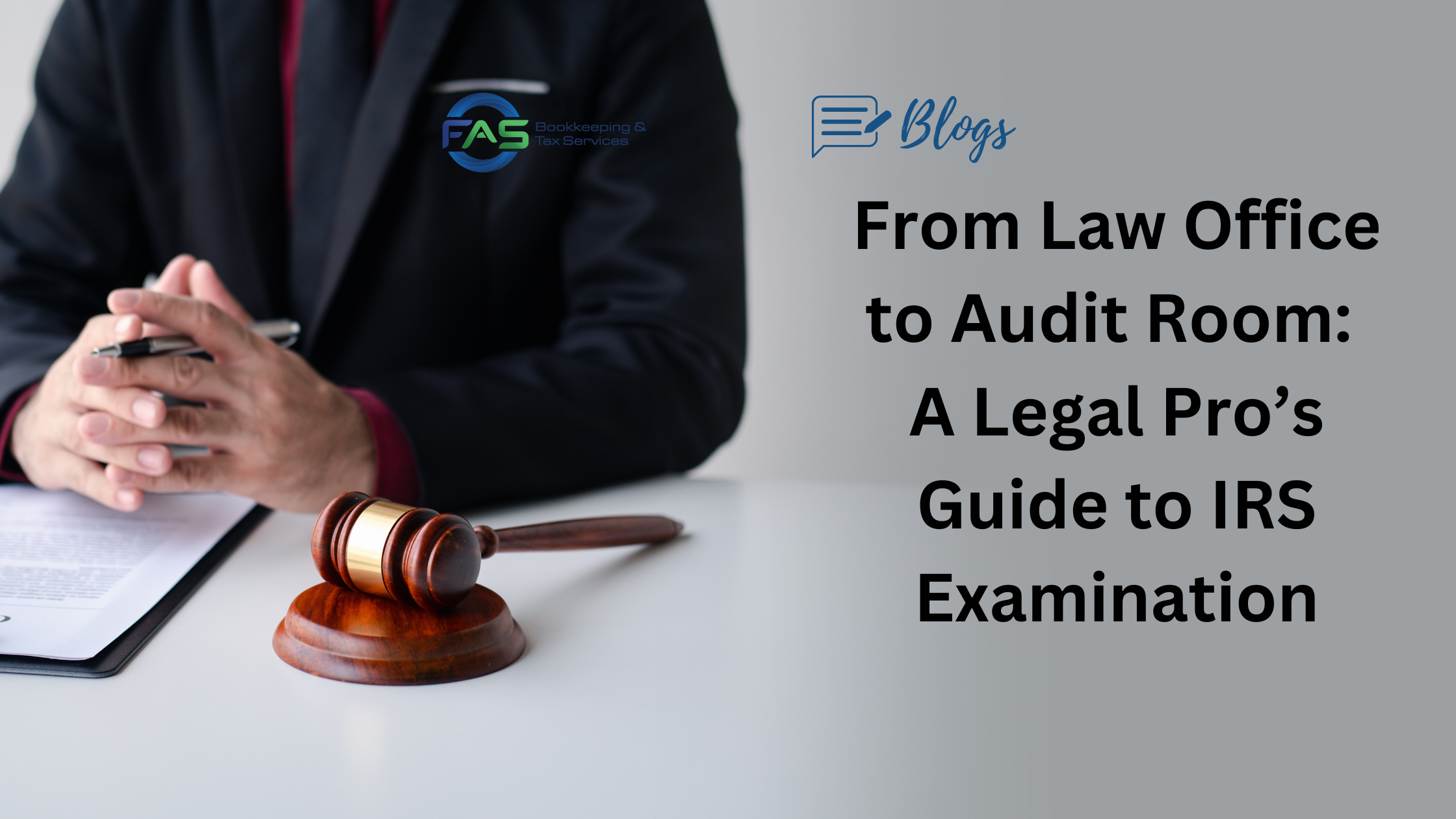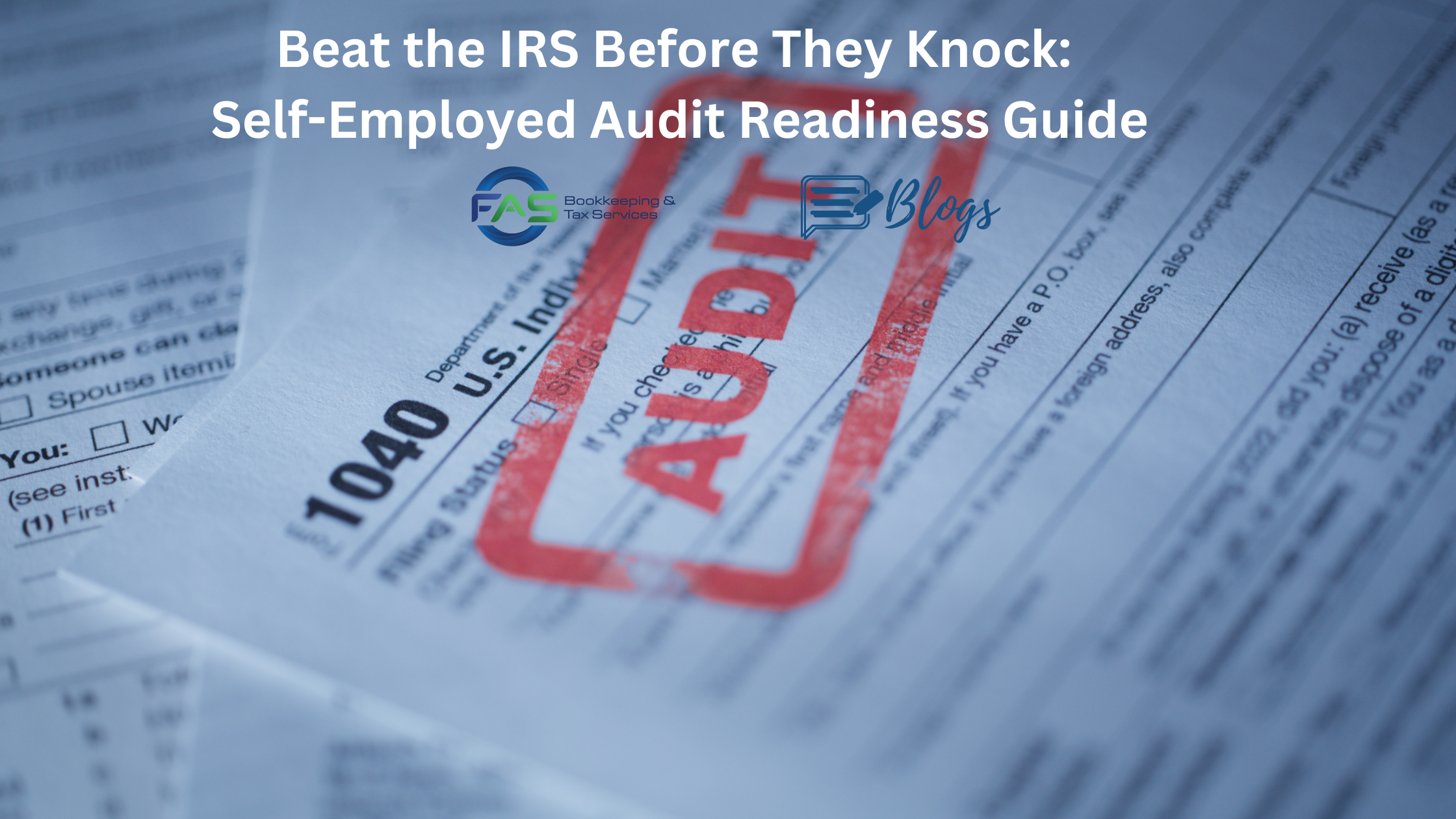One of the most important updates for taxpayers in 2020 came with the reintroduction of the Form 1099-NEC. This is especially important for every business hiring independent contractors, freelancers, and for everyone who is self-employed.
Here’s what to know about the re-introduced 2020 Form 1099-NEC:
What is form 1099-NEC?

The IRS has reintroduced Form 1099-NEC as the new way to report self-employment income instead of Form 1099-MISC as traditionally had been used. This was done to help clarify the separate filing deadlines on Form 1099-MISC and the new 1099-NEC form will be used starting with the 2020 tax year.
Beginning with the 2020 tax year, the IRS will require business taxpayers to report non-employee compensation on the new Form 1099-NEC instead of on Form 1099-MISC. Businesses will need to use this form if they made payments totaling $600 or more to a non-employee, such as an independent contractor.
Who needs to file Form 1099-NEC?

Any business that makes nonemployee compensation payments totaling $600 or more to at least one payee or withholds federal income tax from a nonemployee’s payment will now use this revamped form to report those payments and withholding.
Some examples of payments you must report on Form 1099-NEC include:
- Professional service fees to attorneys (including law firms established as corporations), accountants, architects, etc.
- Fees paid by one professional to another (fee-splitting, for example)
- Payments for services including payment for parts or materials used to perform the services if they were incidental to the service
- Commissions paid to nonemployee salespeople not repaid during the year
Why did the IRS Re-Introduced 1099-NEC?

Before this re-introduction, Non-Employee Compensation is filed together with other miscellaneous income on Form 1099-MISC. While this is detailed enough, the issue arises with the due dates since 1099-MISC will have 2 due dates –January 31 for reporting NEC payments in box 7 and February 28 by mail OR end of March by electronic filing for reporting all other payments.
Having these two different deadlines for the same form was a pain point for many payers and led to a lot of confusion.
The first solution to this was approving the PATH (Protecting Americans from Tax Hikes) Act. A part of this act moved the deadline of 1099-MISC’s Box 7 (Non-Employee Compensation) to January as well, but this meant that taxpayers had to report the same Form twice.
To ultimately avoid this, IRS has re-introduced Form 1099-NEC this year to completely separate Non-Employee Compensation and have its deadline stay on January 31.
When to File 1099-NEC?

Generally, payers need to file 1099-NEC by January 31 after the reporting year.
Where and How to File 1099-NEC?

This form may be filed with the IRS using either paper or electronic filing. If you are filing by mail, the address would depend on what State you are in and if you are filing electronically, you need to use the IRS Filing Information Returns Electronically (FIRE) System.
Remember, there are five key parts to Form 1099-NEC:
- Payer’s information
- Recipient’s information
- Nonemployee compensation amount
- Federal income tax withheld
- State information
If you need help with your 1099-NEC or other tax forms, let our Enrolled Agent help you! Contact us today at admin@fas-accountingsolutions.com or 713-855-8035.





